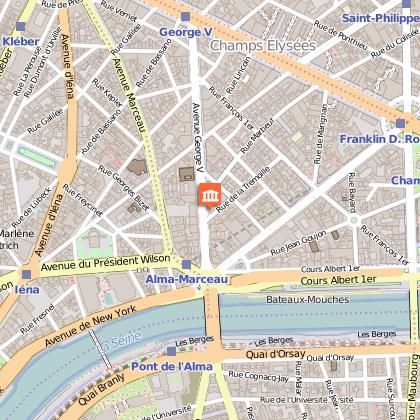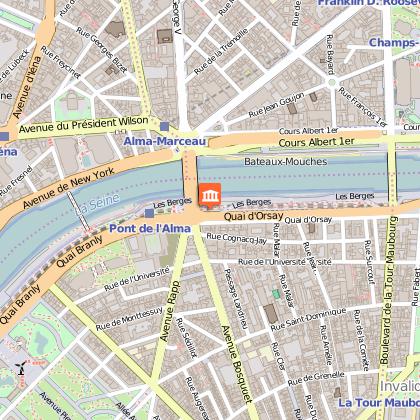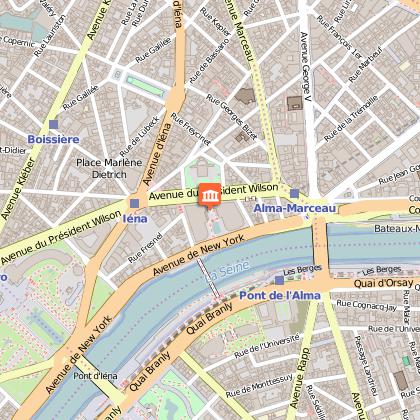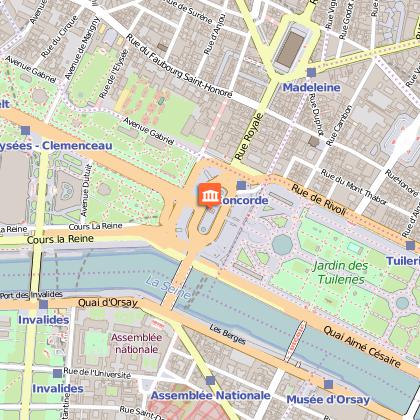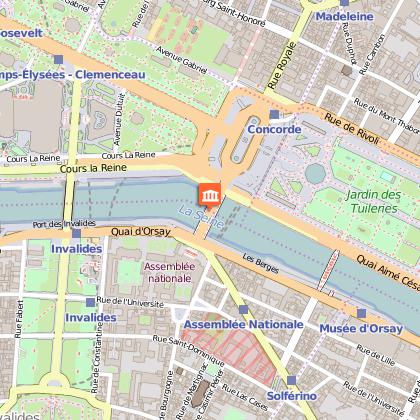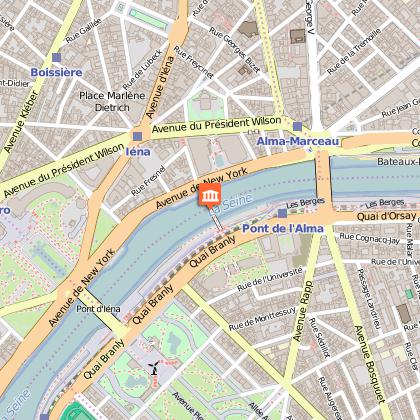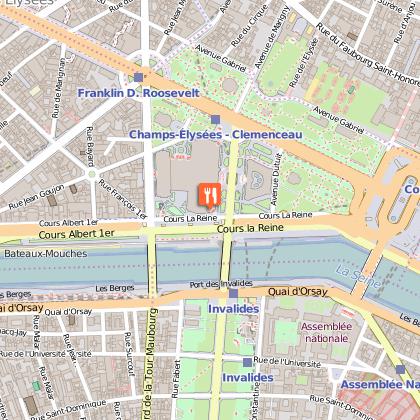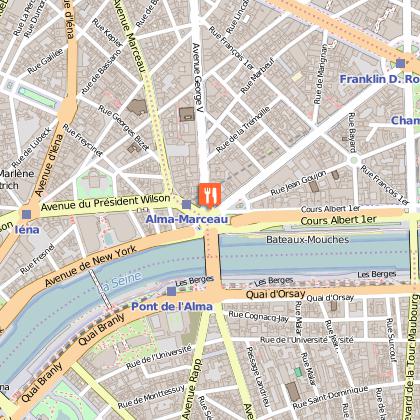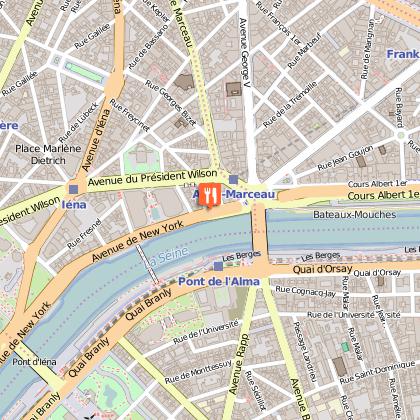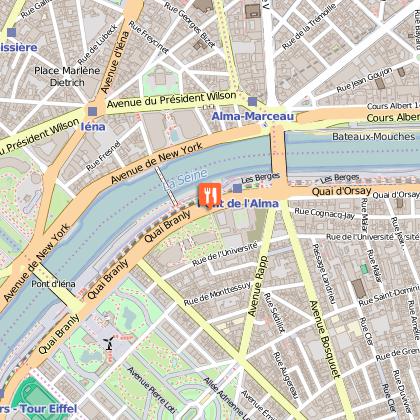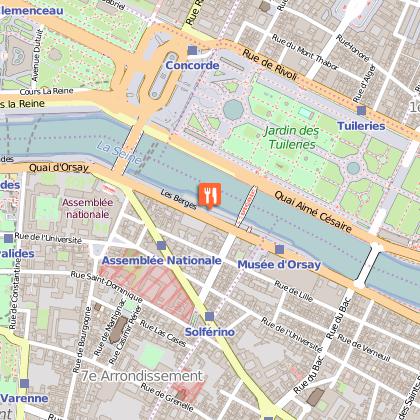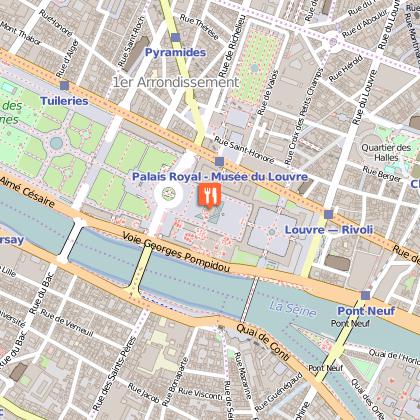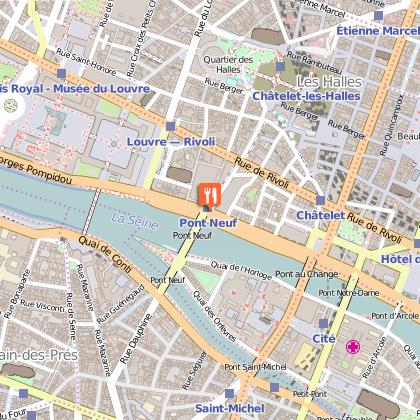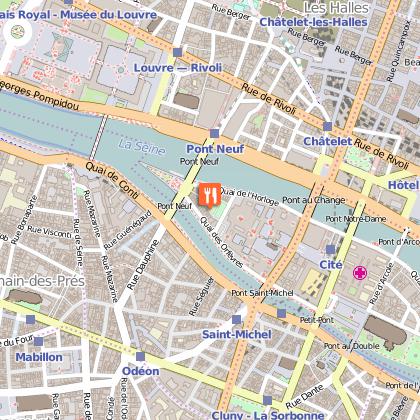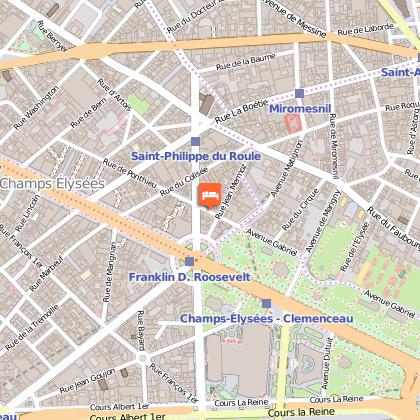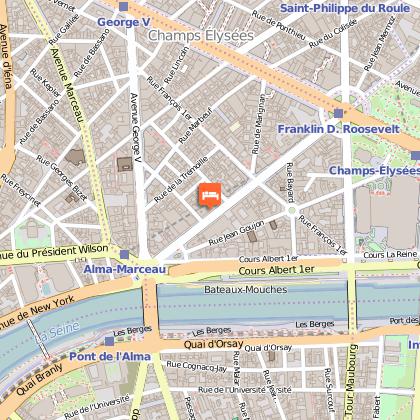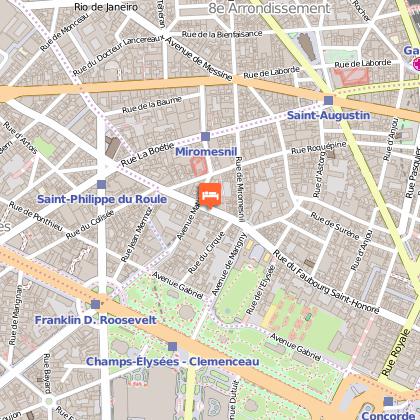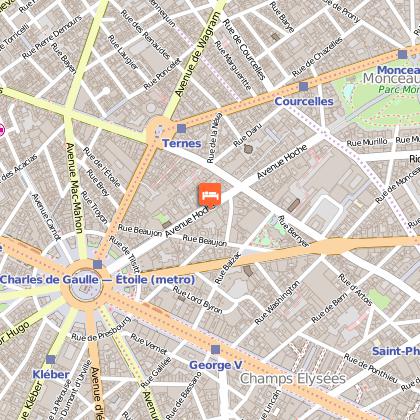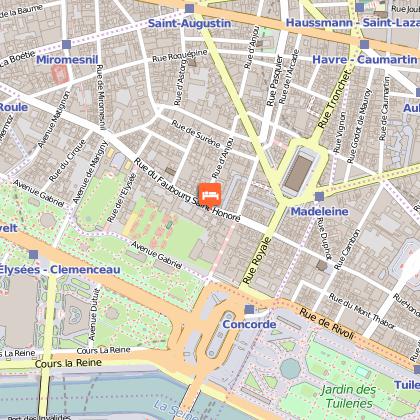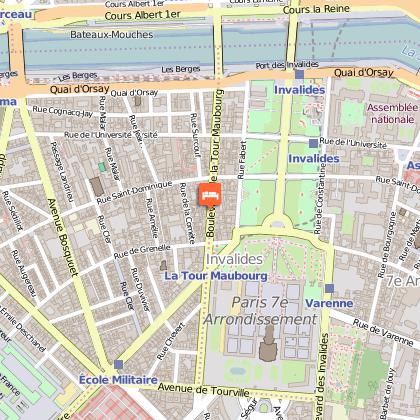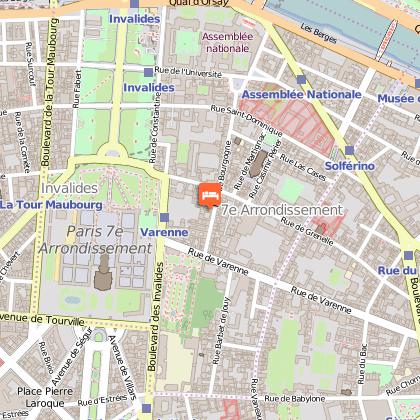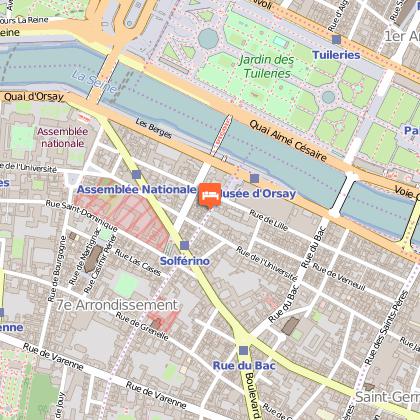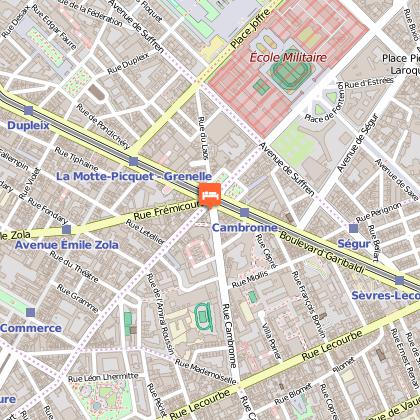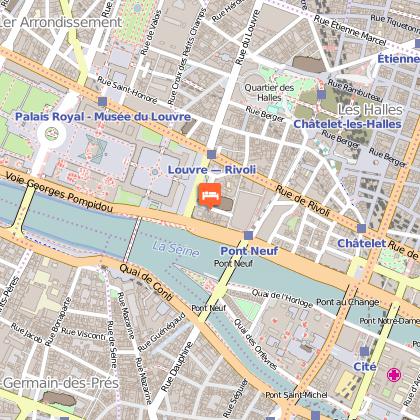Tours
Activities
Places of interest
Where to eat
Where to sleep
Unveil Paris-8th from Hotel de la Païva
Are you the owner?Located in the prestigious 8th arrondissement of Paris, Hotel de la Païva puts you at the heart of the French capital's cultural and historical treasures. Just a stone's throw from the Champs-Élysées, dive into Parisian glamour by exploring luxury boutiques, Michelin-starred restaurants, and iconic cafés. Don't miss a visit to the Grand Palais and Petit Palais, true architectural gems of the Belle...See more
Walking around HOTEL DE LA PAIVA
See more suggestionsWalk through the natural landscapes of HOTEL DE LA PAIVA.
See more suggestionsWhat to do in HOTEL DE LA PAIVA
See more suggestionsThe best experiences in HOTEL DE LA PAIVA are just a click away, book now.
See more suggestionsIGN cards
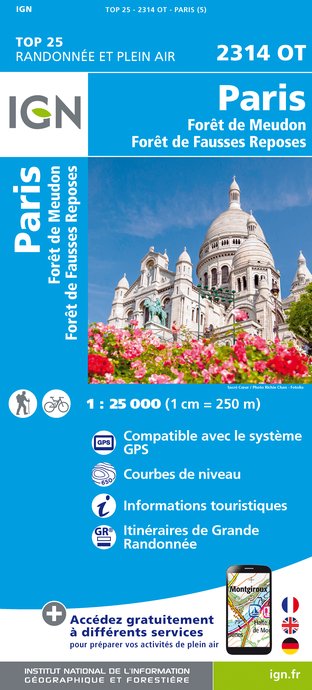
2314OT - PARIS FORÊT DE MEUDON FORÊT DE FAUSSES REPOSES
Editor : IGN
Collection : TOP 25 ET SÉRIE BLEUE
Scale : 1:25 000
13.90€
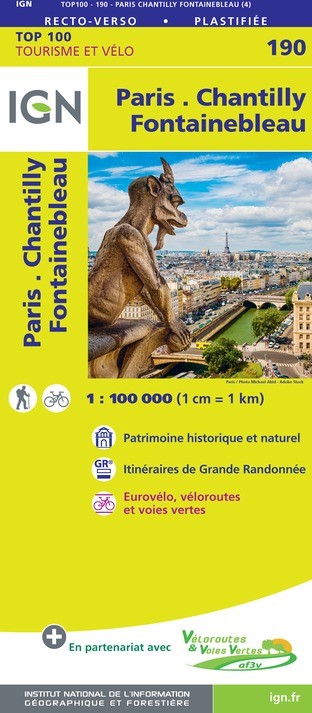
190 PARIS CHANTILLY FONTAINEBLEAU
Editor : IGN
Collection : TOP 100
Scale : 1:100 000
8.40€
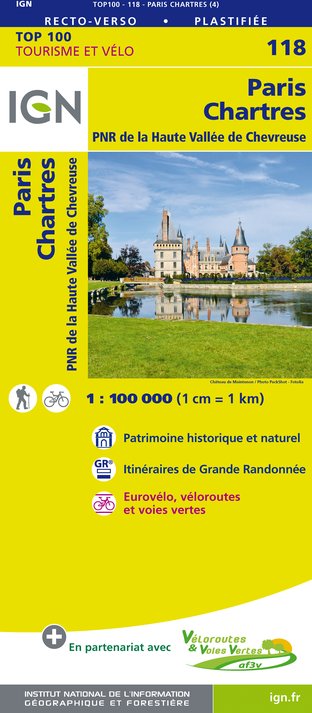
118 PARIS CHARTRES PNR DE LA HAUTE VALLÉE DE CHEVREUSE
Editor : IGN
Collection : TOP 100
Scale : 1:100 000
8.40€

108 PARIS ROUEN BEAUVAIS PNR DU VEXIN FRANÇAIS
Editor : IGN
Collection : TOP 100
Scale : 1:100 000
8.40€
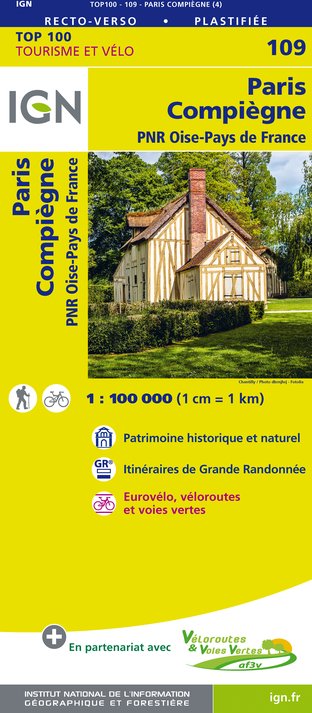
109 PARIS COMPIÈGNE PNR OISE-PAYS DE FRANCE
Editor : IGN
Collection : TOP 100
Scale : 1:100 000
8.40€

D75-95 ÎLE-DE-FRANCE OUEST
Editor : IGN
Collection : CARTES DÉPARTEMENTALES IGN
Scale : 1:150 000
5.90€

D77 SEINE-ET-MARNE
Editor : IGN
Collection : CARTES DÉPARTEMENTALES IGN
Scale : 1:150 000
5.90€

D28 EURE-ET-LOIR
Editor : IGN
Collection : CARTES DÉPARTEMENTALES IGN
Scale : 1:150 000
5.90€

NR01 HAUTS-DE-FRANCE
Editor : IGN
Collection : CARTES RÉGIONALES IGN
Scale : 1:250 000
6.80€

NR08 CENTRE-VAL DE LOIRE
Editor : IGN
Collection : CARTES RÉGIONALES IGN
Scale : 1:250 000
6.80€

NR03 ÍLE DE FRANCE
Editor : IGN
Collection : CARTES RÉGIONALES IGN
Scale : 1:250 000
6.80€
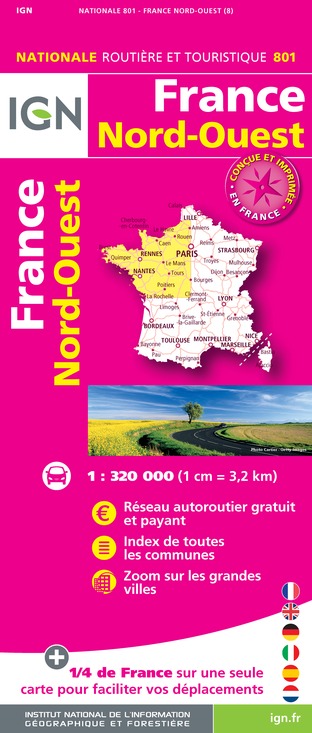
801 FRANCE NORD OUEST
Editor : IGN
Collection : CARTES NATIONALES IGN
Scale : 1:320 000
6.10€

EUROPE
Editor : IGN
Collection : DÉCOUVERTE DES PAYS DU MONDE IGN
Scale : 1:2 500 000
7.00€
What to visit in HOTEL DE LA PAIVA
See more suggestionsEngage in outdoor activities in HOTEL DE LA PAIVA.
See more suggestionsWhere to eat in HOTEL DE LA PAIVA
See more suggestionsThe dining spots in HOTEL DE LA PAIVA have surprises in store.
See more suggestionsWhere to sleep in HOTEL DE LA PAIVA
See more suggestionsExplore accommodation options in HOTEL DE LA PAIVA.
See more suggestions



















